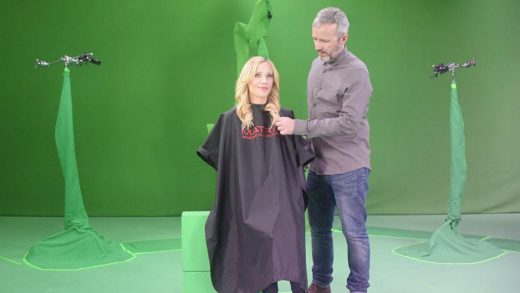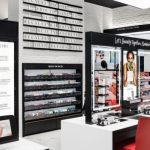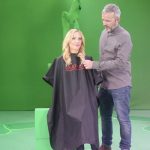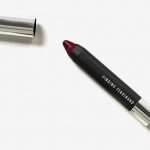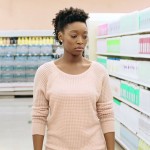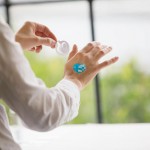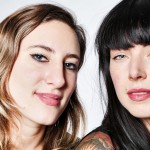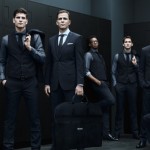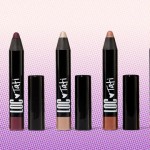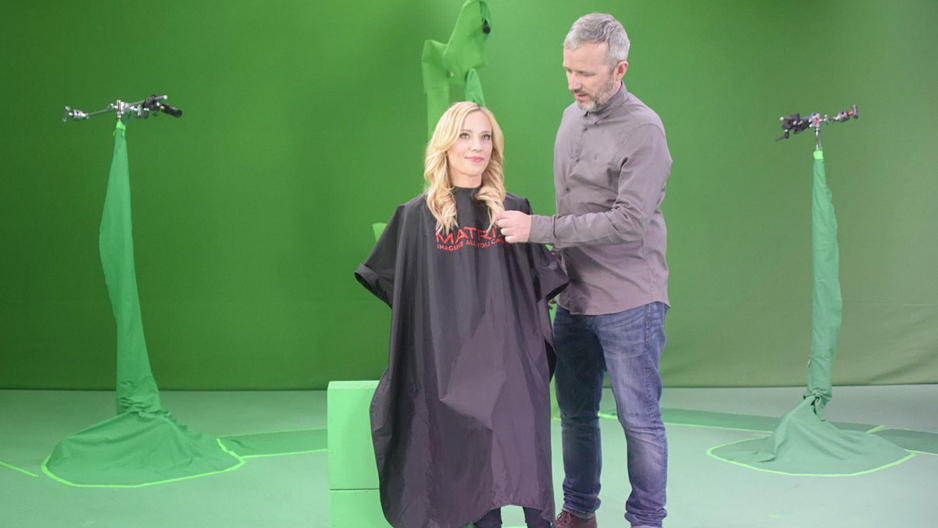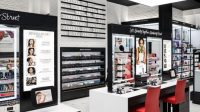L’Oréal Is Using Virtual Reality To Expand The “Matrix Academy”
Animators spent decades trying to make hair look fully realistic, until Pixar created the software used in such movies as Monsters Inc. and Brave. Now that same problem has to be solved in virtual reality.
“From our perspective, hair is the hardest possible problem,” explains 8i’s Linc Gasking. 8i specializes in modeling fine human details like eyes and fingers, but its team found hair to be particularly challenging, especially the frizzy kind.
Gasking was finally able to crack the hair problem, thanks to a partnership with L’Oréal that’s resulted in a new training program for salon stylists affiliated with its professional hair care brand, Matrix. “We’re not talking about computer-generated hair,” he says. “It’s photo-realistic hair that you can see from any angle.”
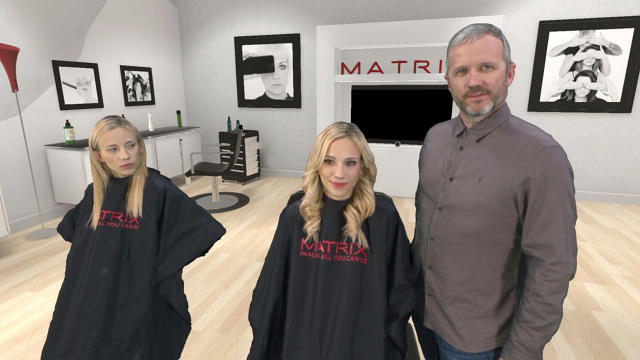
The project, unveiled today at the Fast Company Innovation Festival by L’Oréal’s vice president of Innovation and Entrepreneurship, Rachel Weiss, will roll out to stylists through L’Oréal’s “Matrix Academy,” an educational program affiliated with its Matrix beauty brand. Instead of traveling across the country for trainings (which are highly costly), or watching two-dimensional YouTube videos, stylists will have the option to learn new styling techniques with a VR headset.
The first time that Weiss put on a virtual reality headset, she felt sick and dizzy. She was also struck by its potential, and wondered how it could apply to a beauty brand. “We are faced with the challenge of modernizing the industry,” Weiss said. From that moment, she recalled being determined to explore possibilities for L’Oréal to leverage virtual reality for its customers, including beauty professionals and consumers.
The VR experience features two photo-realistic humans—a stylist and a client—in a 360-degree environment. Students can step into the hairdressers’ shoes, and shift position in the virtual salon to watch from any angle. “You can feel like you’re there and learn from someone right in front of you,” says Weiss. “We felt that education was the best use case for us.”
L’Oréal’s application is available free of charge, although users will need to have access to a VR headset. A super-cheap option like Google cardboard isn’t ideal; instead Gasking recommends a headset that offers positional tracking.
While the lion’s share of VR applications to date have been dedicated to gaming, that’s starting to change. Education and training is increasingly one of the most exciting applications for the technology. In the medical field, for example, surgeons recently streamed the world’s first 360-degree VR surgery for students to learn from. The overall VR market is expected to grow to a $15.9 billion industry by 2019, according to Citi.
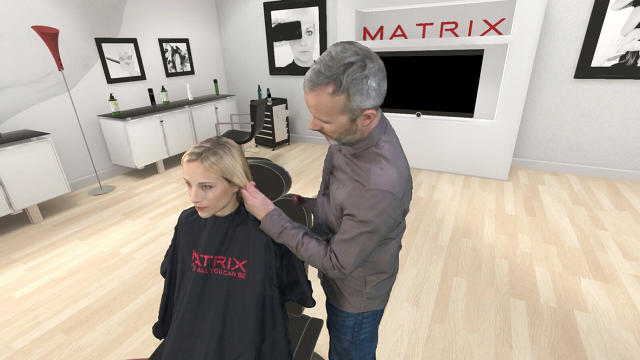
L’Oréal is no stranger to using advanced consumer technologies to drive business. It has a scientific lab, which is focusing on genetics research for new anti-aging products, developed a UV-sensing skin patch, and is already a proponent of augmented reality with its Makeup Genius makeup app.
Weiss tells me that her personal mission is raise awareness of how VR and other new technologies can be used for a wide variety of applications, including those that are targeted to women. “I’ve had so many people come up to me and say that VR is for porn and sports,” she says. “I see it as a tool for anyone to learn from and feel an emotional connection.”
Fast Company , Read Full Story
(17)

